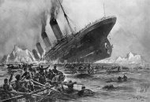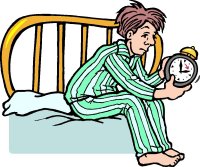
Worksheets and No Prep Teaching Resources
Reading Comprehension Worksheets
The 1910's

The 1910's
 Worksheets and No Prep Teaching Resources Reading Comprehension Worksheets The 1910's |
 The 1910's |
| edHelper's suggested reading level: | grades 5 to 7 | |
| Flesch-Kincaid grade level: | 5.48 |
|
Spring Forward, Fall Back
By Jane Runyon |

|
 1 Each March, people in many parts of the United States lose an hour of time. That is because they turn their clocks ahead one hour. They are on what is called Daylight Saving Time. What good does it do to turn the clocks forward? Are we really saving an hour of daylight? Who thought up that idea, anyway? And do we ever turn the clocks back? The answers to these questions are really rather interesting.
1 Each March, people in many parts of the United States lose an hour of time. That is because they turn their clocks ahead one hour. They are on what is called Daylight Saving Time. What good does it do to turn the clocks forward? Are we really saving an hour of daylight? Who thought up that idea, anyway? And do we ever turn the clocks back? The answers to these questions are really rather interesting. |
Create Weekly Reading Books
Prepare for an entire week at once! |
| Leave your feedback on Spring Forward, Fall Back (use this link if you found an error in the story) |
 |
The 1910's
|
 |
United States
|
|
|
 | Fifty States Theme Unit |
 |
Document Based Activities |